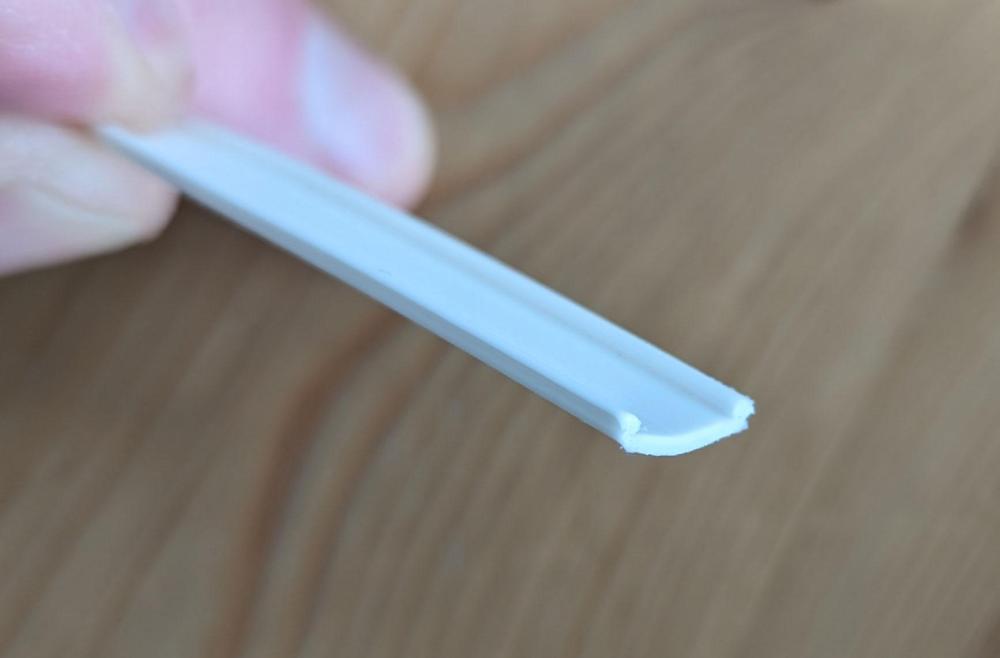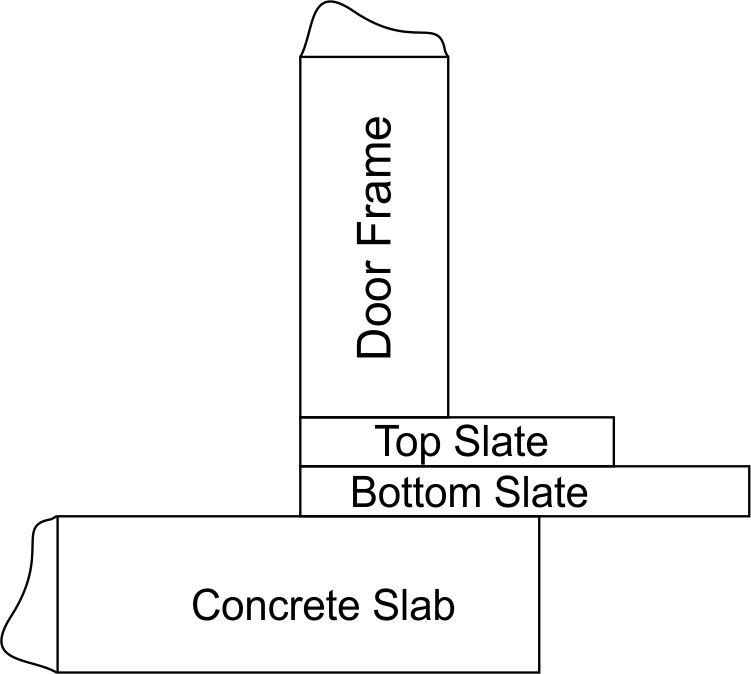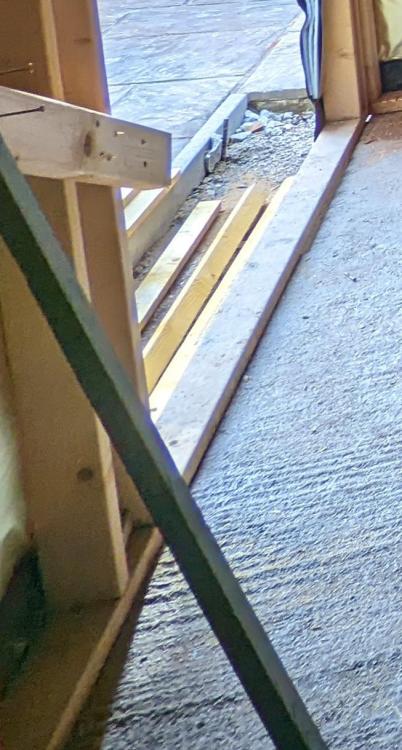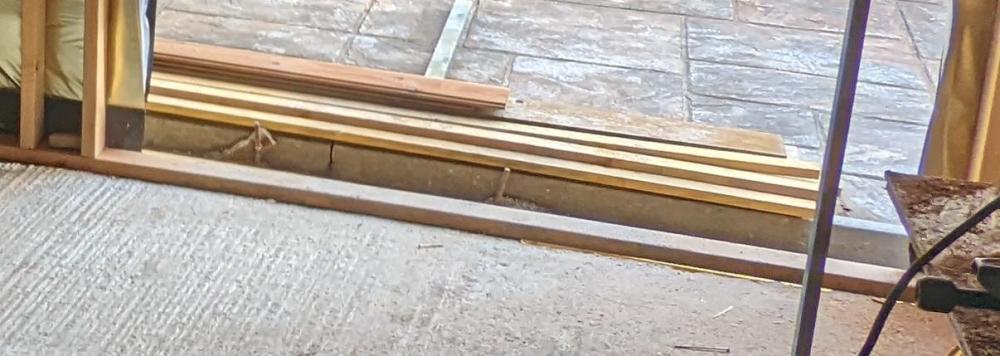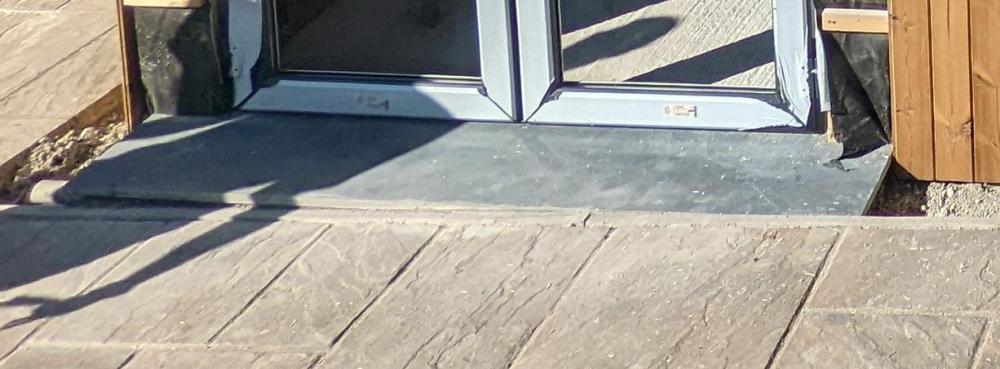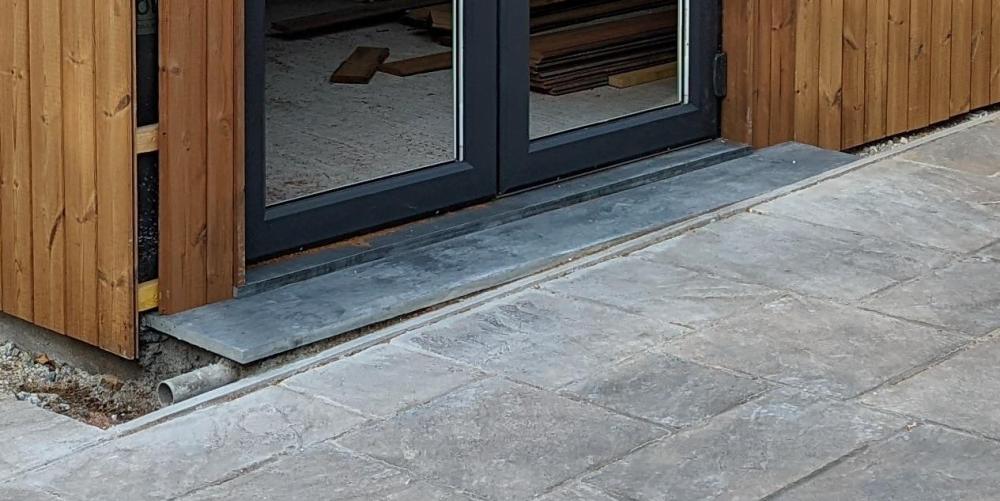
RobertW
Members-
Posts
11 -
Joined
-
Last visited
Recent Profile Visitors
The recent visitors block is disabled and is not being shown to other users.
RobertW's Achievements

Member (3/5)
3
Reputation
-
Identification of a specific type of plastic trim
RobertW replied to RobertW's topic in General Self Build & DIY Discussion
@Alan Ambrose - fantastic suggestion, thank you. -
Thank you, Temp. I appreciate your input. I hope to be able to do this in a few weeks.
-
I just wanted to let you all know that this project is still pending. With rain every day for months and no time to do it, it could be another few weeks yet before it's done - but I will keep this thread updated with the outcome. Thanking you again for your help and contributions of ideas.
-
Dear Forum, I have a Velux insect screen (ZIL) that uses a particular type of plastic trim or edging strip. I am working on another project and I have some left over edging trim but not enough for my project so I would like to buy more. I have literally searched for hours now on all the main sites and searched for every term and phrase I can think of and I still can't find it. I attach a photo of a piece of the trim. It is 10mm across. Does anyone have any ideas what this is called or where I may obtain it? Thank you for your help. Rob
-
Identification of a specific fixing
RobertW replied to RobertW's topic in General Self Build & DIY Discussion
That's fantastic - thank you! I knew this forum would come up trumps - it's brilliant. I appreciate your help. Rob -
Dear forum, I am trying to find a very specific type of fixing. It has a screw hole so you can screw it to the wall with a vertical central hole and a side screw on the side that can hold a vertical mount in place. It looks like the ones in the attached picture. I would like to buy some more of these fixings but I don't know what they are called or where I can get them from. Not the plastic. The fixings against the wall that hold the plastic is what I am after. Anyone have any ideas what they are called or where I can get them from? Rob
-
@saveasteading Thank you for your reply also. It is a shame as the builders are lovely guys who are really passionate about their work and I do think it was an oversight or a lack of realisation of the implications of the step causing an issue. The not being 'fobbed off' bit is about raising it as a concern and them saying that sealant around the bottom will be sufficient, when clearly it is not. I am sure we can get it sorted and by knowing what I know now, we can discuss the issue and the solution, diplomatically and proactively. Thank you, all. Rob
-
Thank you all again for your replies. @RoundtuitThey are UPVC doors. You've all hit the nail on the head and you have all been incredibly helpful and I appreciate it. I will go back to the builders and now I have a better understanding of the problem, I can't be fobbed off and I can tell them exactly what we want. Many thanks, Rob
-
@oliwoodings Thank you for your reply and your detailed image. @markc Thank you also for your observation. The bottom slate rests on the concrete base and the top slate rests on the bottom slate to elevate the door (to make up for the mistake involving ground clearance) the door frame then rests on the top of the top slate. They have used sealant underneath the door frame threshold as well as sealant between the slates and around the edges of the slates. I've drawn a little diagram. I think you're right though. The water is soaking into the wood and there appears to nowhere for the water to from out from. Also the slates do seem to be level which means the water rests on the slates rather than running off. We can't (easily) take the door out without causing damage to door edging and the internal plasterboard so my current thinking, rather than try nearly cut away the cladding is to actually take away the problem, the slate. If I were to chisel it away then the water would have somewhere to run and then we can worry about how to make it look neat and tidy later. What you have said is really helpful though. Thank you. What is even more soul-destroying is that we got the builders to build two buildings and the other one has a larger slate step but exactly the same problem - so I can see why now. even though they have put loads of sealant all around it, the water is clearly soaking into the wood but then has nowhere to go. I may have to cut away the slate underneath and then make a channel for the water to run out of and off to the side and either a channel underneath or remove some of the cladding. Either way, i have a better understanding of the problem now. Thank you. Rob
-
Hi Markc + Roundtuit, I appreciate your replies. From front to back you've got cladding, batten, a very nifty multi-layer damp-proof membrane and insulation and then the internal frame. Very good idea about creating a gap between the bottom of the cladding and the slate - thank you. I've been through my snaps and I've found a variety that show various stages of construction to help show you. Thank you again. Rob
-
Dear Forum, I have a bit of a problem and I hope someone could advise. I've had a garden building built but there is a problem around the doors - basically the corners of the inside walls next to the door are wet/damp and I think it is due to water collecting on the step which is then soaking into the cladding, under the cladding, into the inner frame and through to the inside. The idea was to have a slate step. The door ended up being too low so they added another slate step above that. This seems to have created a problem whereby the water can rest on the slate step and even though they have used sealant around the edges, the sealant has come away which means more water is being able to get in. I could really do with some advice or suggestions which is where I hope you can help. Thank you, Rob



